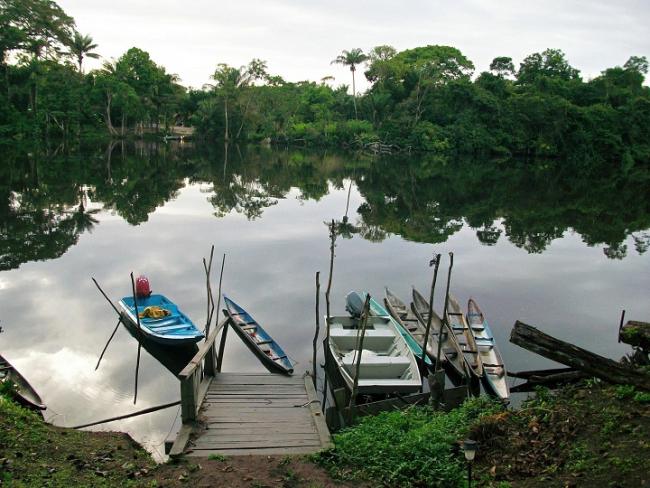This year sees the 250th anniversary of the end of the Berbice Revolt. By October 1763, much of this river (see photo) was under the control of the slaves. The Dutch garrison was overwhelmed with disease, and – just for a moment – it had looked as if one of the greatest revolts in slavery’s history might just succeed.
But then comes the beginning of the end. Had I been standing at the mouth of the river in December 1763, I’d have seen a small Dutch flotilla sailing up the estuary. News of the revolt had taken three months to reach Holland. The States-General then mustered an expeditionary force but it was another six months before it arrived in Berbice. It was a humbling sight: two warships, two long-boats and 260 soldiers. They’d go upriver and join up with a party of Amerindians, still being paid for each amputated hand. Dr Bancroft reports that these were prosperous times for Caribs; they became rich on severed hands, and plump on human flesh. The manhunt had begun.
The following month, January 1764, an even more daunting spectacle had appeared on the river. It was a force of 660 volunteer marines, under the command of a cold-hearted killer called Colonel de Salve. He was here to gather up the colony’s possessions, to capture rebels, execute their leaders, and mutilate the rest. His arrival was so impressive that he soon had rebels changing sides ….






